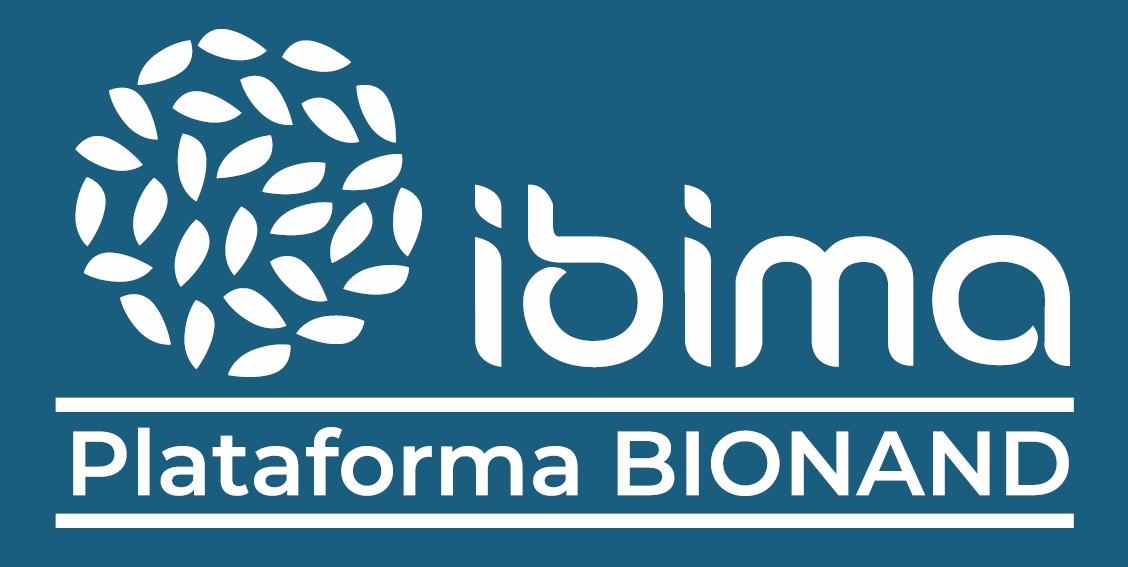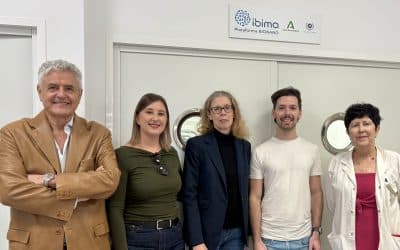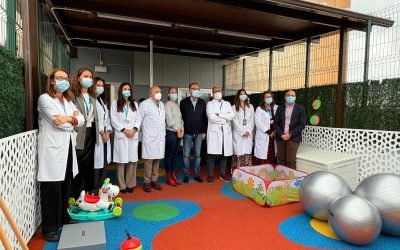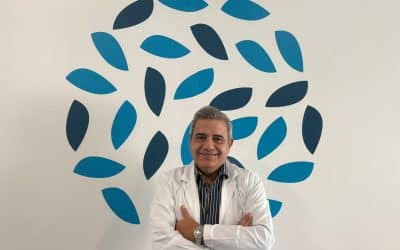Preclinical analysis of a pregnancy-associated protein could hold the key to growth deficits in children, identifying differences between boys and girls.
A team of researchers from the Instituto de Investigación Biomédica de Málaga y Plataforma en Nanomedicina (IBIMA Plataforma BIONAND), in collaboration with researchers from the Hospital Infantil Universitario Niño Jesús in Madrid, has published a groundbreaking study that sheds light on the role of pregnancy-associated plasma protein-A2 (PAPP-A2) in postnatal growth. This protein plays a crucial role in regulating the availability of growth factors, which are essential for bone and tissue development and growth. A deficiency in PAPP-A2 can lead to growth problems in children.
This work, led by the co-investigator in charge of the Institute's Neuropsychopharmacology group and professor at the University of Malaga (UMA), Dr Juan Suárez, suggests that treatment with recombinant human PAPP-A2 protein (rhPAPP-A2) could be a promising intervention to treat growth retardation in girls with PAPP-A2 deficiency. The results of this innovative treatment have been highlighted in the prestigious journal Biology of Sex Differences, published by Springer Nature.
PAPP-A or blood plasma protein A is a protein produced during pregnancy that is essential for the process of foetal growth and development. It is used in obstetrics for the prognosis of chromosomal abnormalities in the foetus during the first trimester of pregnancy.
The study explores sex differences in insulin-like growth factor 1 (IGF1) signalling pathways in response to PAPP-A2 deficiency. The results show that rhPAPP-A2 treatment induces specific increases in body and femoral length in females, while also reducing plasma concentrations of total IGF1 and IGFBP5.
The study, which is in a pre-clinical phase, used mouse models with constitutive deletion of this gene to investigate how deficiency of this protein affects growth and how different hormone treatments can mitigate these effects.
The researchers administered recombinant GH (growth hormone), IGF1 and PAPP-A2 proteins to the mice from postnatal day five to day 35. The results indicated that the treatment was particularly effective in females, significantly improving body and femoral length, and modulating the levels of several proteins and growth factors in plasma and liver. ‘The research process required a detailed analysis of the GH-IGF1 axis to arrive at these results,’ added Dr Patricia Rivera, Miguel Servet researcher at IBIMA and head of the study.
Dr Juan Suárez highlighted that this scientific work ‘provides significant evidence that rhPAPP-A2 administration can correct some of the adverse effects of PAPP-A2 deficiency, especially in girls’, which, according to Suárez, ‘could open the door to new therapeutic strategies and a turning point in the treatment of childhood stunting, a problem that affects the quality of life of many children around the world’.
For his part, Fernando Rodríguez de Fonseca, the researcher in charge of the Neuropsychopharmacology group and attached to the Clinical Neurosciences Unit of the Regional University Hospital of Málaga, stressed the importance of understanding sex differences in response to treatment, since ‘it has been observed that girls respond better to treatment with rhPAPP-A2 compared to boys, which tells us that interventions must be personalised and must take into account the sex of the patient to maximise the potential benefits’.
This research breakthrough suggests that rhPAPP-A2 therapy could be a key tool in the treatment of stunting in children with PAPP-A2 deficiency, with a special focus on tailoring treatments based on the sex of the patient for better outcomes.
In addition to IBIMA Plataforma BIONAND, the Regional University Hospital of Malaga and the University of Malaga, this study has involved the Niño Jesús University Children's Hospital in Madrid, the ‘La Princesa’ Research Institute in Madrid, the Biomedical Research Centre in the Physiopathology of Obesity and Nutrition Network (CIBERobn), attached to the Carlos III Health Institute, the Madrid Institute for Advanced Food Studies (IMDEA-Food), the Autonomous University of Madrid and the University of Bordeaux (France). The studies have been funded by health research projects of the Instituto de Salud Carlos III.



